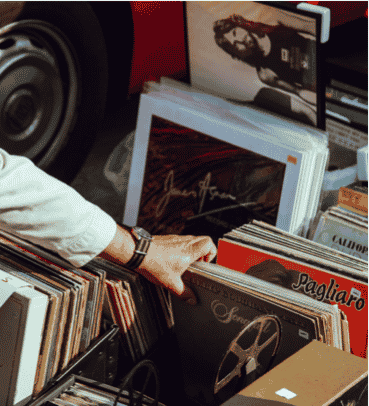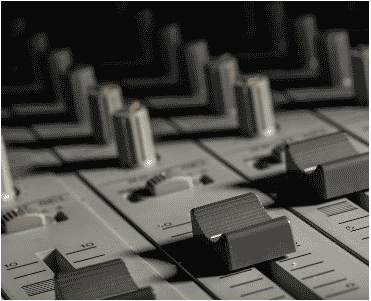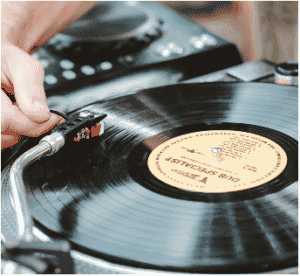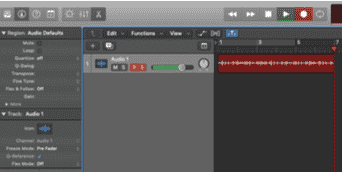The Donut Shop
Sampling
OVERVIEW
Sampling throughout the years has had a polarizing view. Some claim it’s stealing while others will debate it’s creative stance. One could argue that sampling has brought old music to new ears. In fact, DJ’s like Grandmaster Flash would perform a DJ routine looping the ‘break’ or the instrumental section (sample) of songs, and would create a new type of energy on the dance floor. This brought out a new sound and movement: Hip Hop music. Nonetheless, when you sample a master recording (regardless of rhythm or melody) of someone else’s work, you need to get permission.
However you want to look at it, not just in the Hip Hop genre, turn on the radio and you will hear samples being used. According to a poll put out by Tracklib in 2019, 15% of the Top 100 Billboard charts contained samples. Some recognizable, some a little more obscure. Sometimes just a loop, sometimes multiple samples chopped up into little fragments. Check out the Discovered Samples Used series presented by VinRican: Dr Dre’s The Chronic and A Tribe Called Quest’s Midnight Marauders.
Hip Hop music has had its share of legal drama. De La Soul was sued by the band The Turtles for $1.7 million using the song ‘You Showed Me’ for an album skit (less than one minute long). More recently, rapper Logic shared his thoughts on sampling laws and his legal battle with sample clearance. Getting permission to use a copyright can be both intimidating and convoluted.
The good news is that today there are plenty of ways to get samples cleared. Resources like Tracklib + Kingsway Music help with clearing and licensing compositional recorded works. Loops made by producers for producers have become a popular alternative. Music subscription services that provide 100% royalty free samples like Splice and Sounds let you use compositional loops and sounds via a subscription based model.
Sampling can be treated as a fun tool to galvanize you with new musical ideas and techniques. Watch how J Dilla used the Akaii MPC 3000 sampler instrument as a creative extension of himself.
Disclaimer: The vinyl recordings used in this class cannot be used for commercial release, for educational purposes only.
CRATE DIGGING 101
Pull a record from the bin (provided by Garnish) and find a song to sample. Check out the youtube series Rhythm Roulette for inspiration.
RECORDING VINYL
- » When recording, make sure the level meter doesn’t peak to avoid clipping. On the other hand, avoid picking up noise floor–record between -3db to -6db
- » Make sure your channel input is set to stereo and not mono.
- » Stay organized and label the original tempo and key.
EDITING AUDIO
» Use Ableton Live’s Warping engine or Logic’s Flex Time to sync the recording in your DAW. This will save you time when beat matching other elements.
» Create a raw duplicate of the original recording as a reference before you begin editing.
» Seek moments in the song that you might consider sampling. It could be a longer duration of a looped section or just broken up fragments of the original composition.
» Try transposing the sample in positive and negative values to give the song a different feel (pitch and tempo wise). Experiment with your DAW’s time stretching algorithms.
» Chop, slice, spilt, loop elements into a new arrangement. Choose a tempo to play out parts (use a back beat to help support your ideas). Consider using your host DAW’s sampler instrument.
EXERCISE
Royalty Free Audio: Write a song idea around an audio loop and then delete that loop. Take a close look at the key, tempo, rhythm, and timbre for inspiration.






